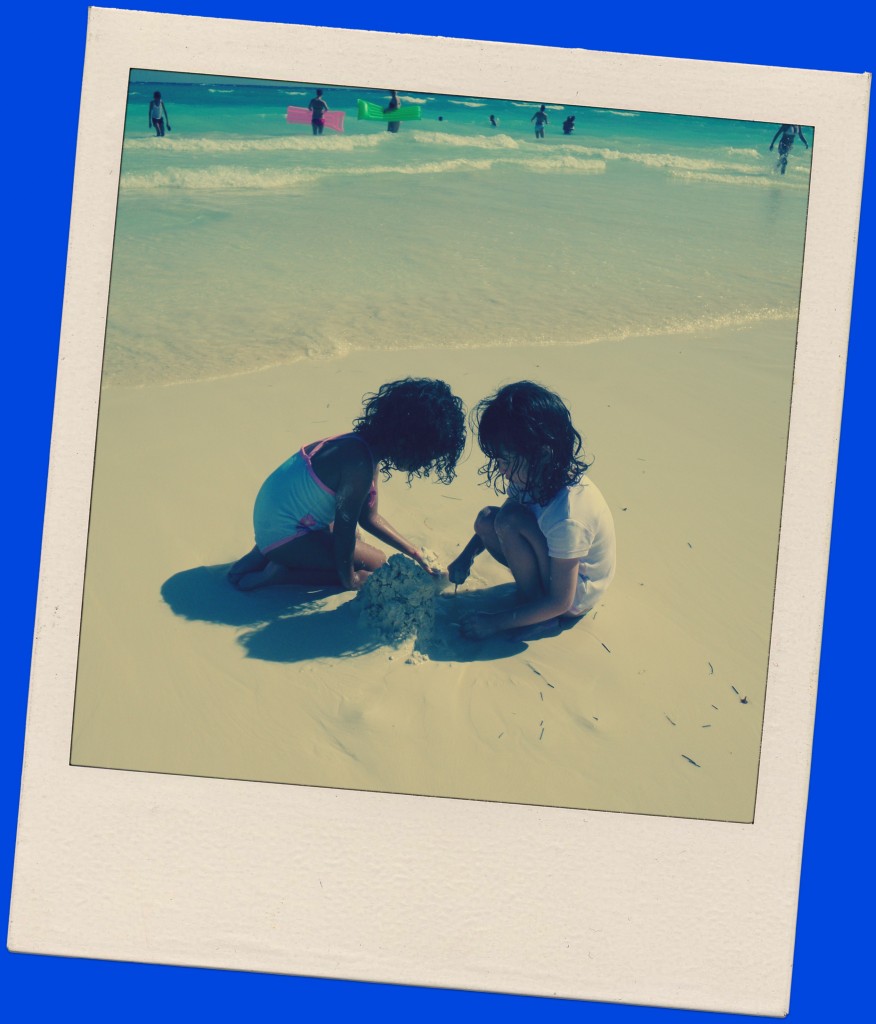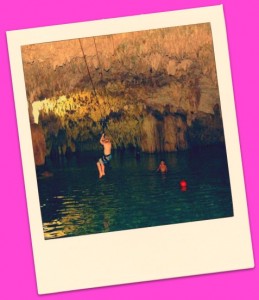 Mexico is well known for considering children the center of attention, we love their laughter and are in a mission to accomplish this, of course it is not hard with the largest sand bank and natural playground in all of Mexico
Mexico is well known for considering children the center of attention, we love their laughter and are in a mission to accomplish this, of course it is not hard with the largest sand bank and natural playground in all of Mexico
The Mesoamerican reef protects our shores making our beaches as calm as swimming pools, lots of “cenotes” natural sinkholes offer their adventurous and fearless imagination a real life movie experience, zip lines, sky cycles, the most colorful variety of fish, boats, canoes and hammocks, even an avatar ride a fast roller coaster type zip line unique to this area.
Staying at a nice house or condominium gives your family the opportunity to explore the culture and add to your memory collection incredible mind prints, with a turquoise blue background, and the most enjoyable sounds of laughter, all  possible and easy to achieve here.
possible and easy to achieve here.
If you are travelling with a baby, Playa del Carmen has 5 major supermarkets carrying everything from your favorite brand of diapers, to the baby food brand you are used to, it is advised to use only bottled water but you should not be scared of health issues, we host over 3 million visitors a year with the most sensitive stomachs, and children are some of our favorite repeat guests.
Claudia Hurtado Valenzuela



